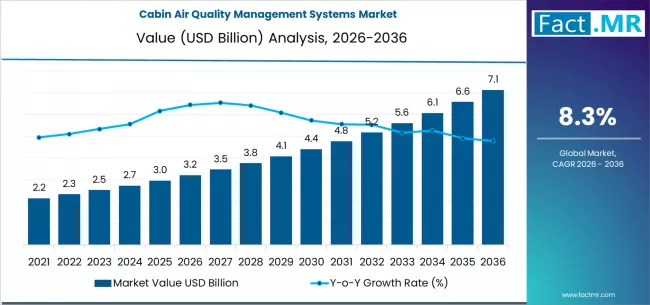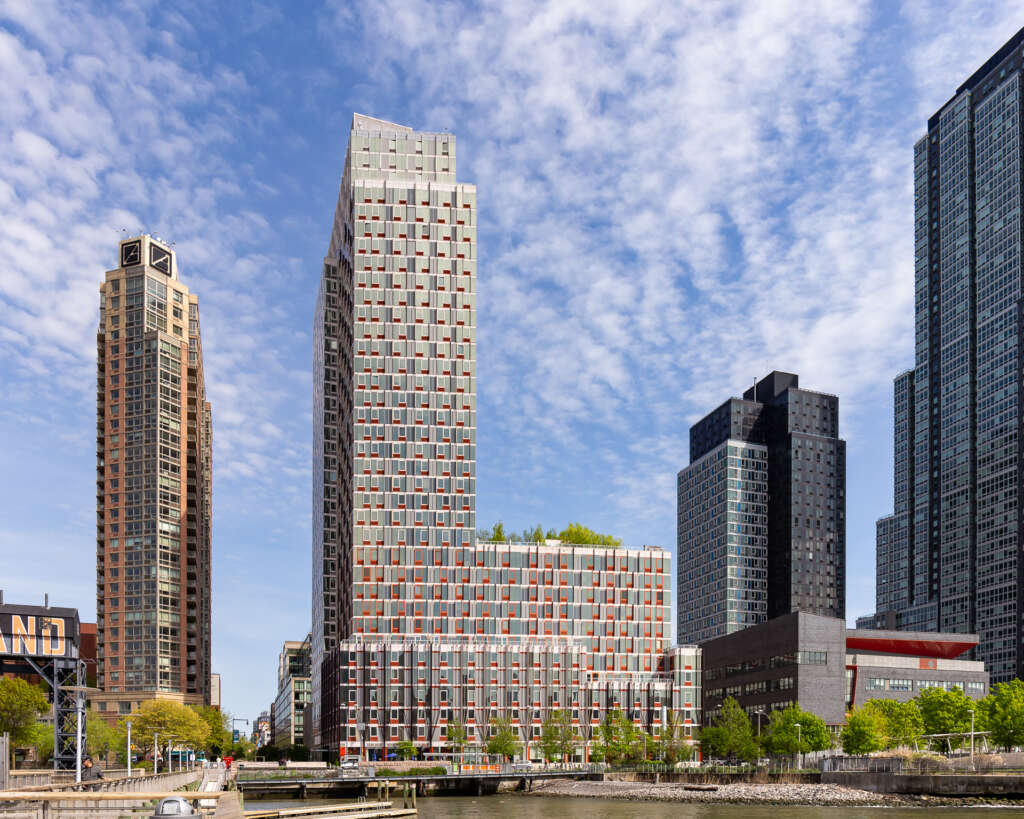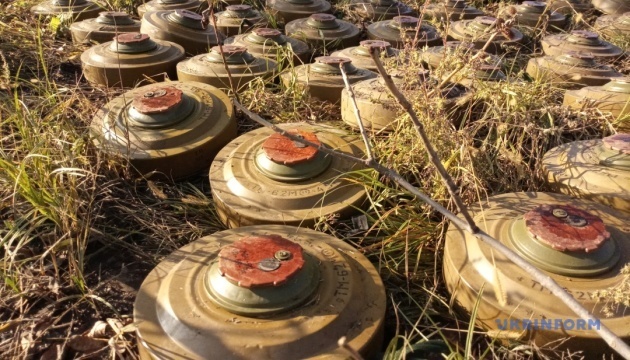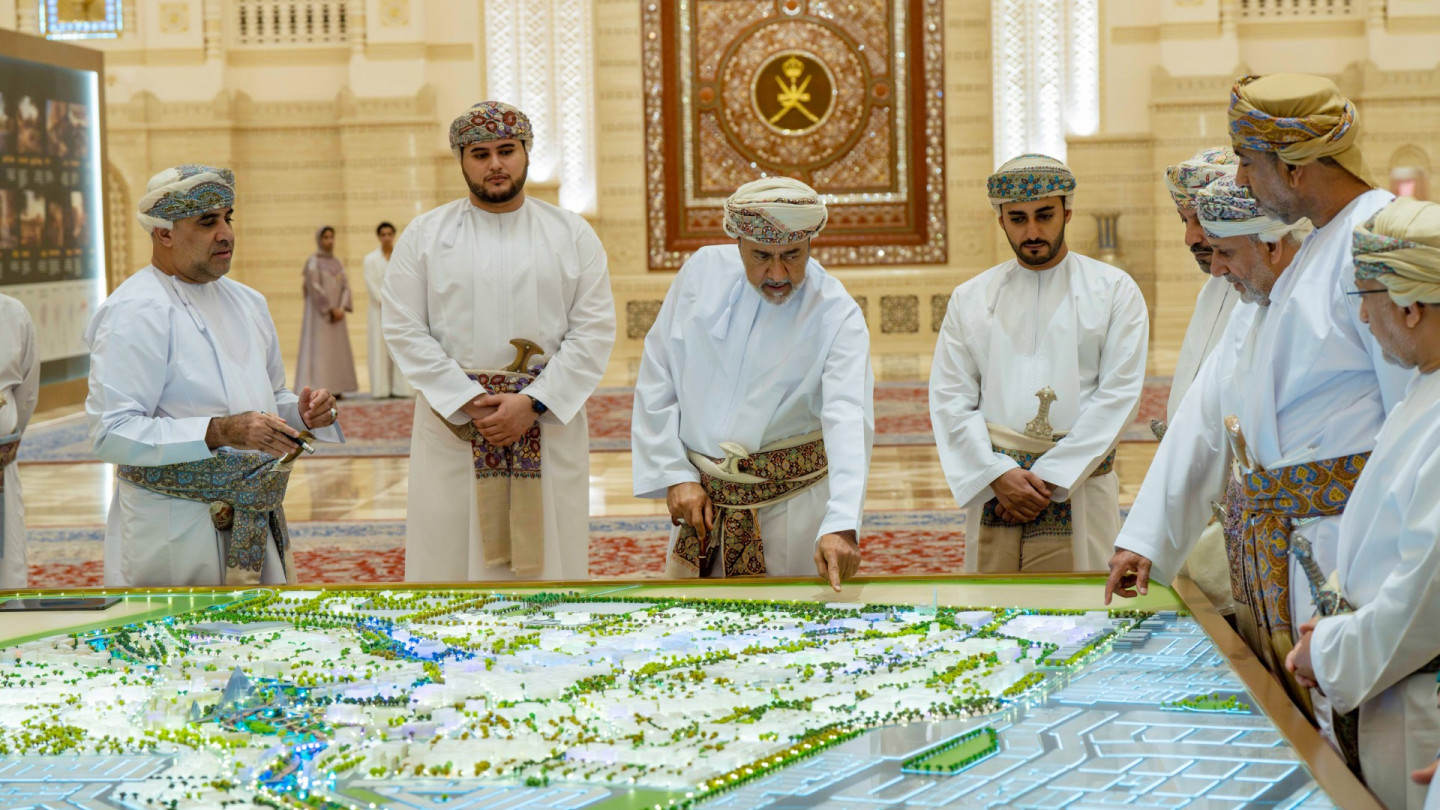Mind the Water Gap
The National Geographic World Water Map offers a dynamic visualization of global water resources, highlighting availability, scarcity, and usage patterns. It emphasizes the critical role of water in sustaining ecosystems and human life, urging awareness and action to address water challenges and promote sustainable management worldwide.

Mapping the world’s water shortages
Human water consumption has soared. In some parts of the planet, the demand is greater than rivers or groundwater can sustain.
Schoolbooks show a simple picture of the water cycle—water evaporates from the ocean, drifts in clouds over land, falls as rain, flows in rivers to the sea—that is no longer accurate. Humans intrude on the cycle now: Each year we extract 4,000 cubic kilometers of water, eight times more than a century ago. We consume it in kitchens and bathrooms, factories and power plants; we use it to irrigate our crops. Growing populations and aspirations drive a growing demand for water.
The result is a water gap in an increasing number of places. Humans are using more water than the water cycle can provide, and so we deplete shallow aquifers, and may need to tap into deep ones that will not be renewed in our lifetime. In the process we threaten not only our own health, peace, and well-being, but also the health of ecosystems and wildlife.
The information presented in the world water map is based on a global model developed at Utrecht University in the Netherlands. Led by National Geographic Explorer Marc Bierkens, this World Water Map helps us understand where and why water gaps arise, how climate change might aggravate them—and even how they might be managed.
Click here for the full article experience at National Geographic
What is Your Reaction?
 Like
0
Like
0
 Dislike
0
Dislike
0
 Love
0
Love
0
 Funny
0
Funny
0
 Angry
0
Angry
0
 Sad
0
Sad
0
 Wow
0
Wow
0











































;Resize=620#)




























